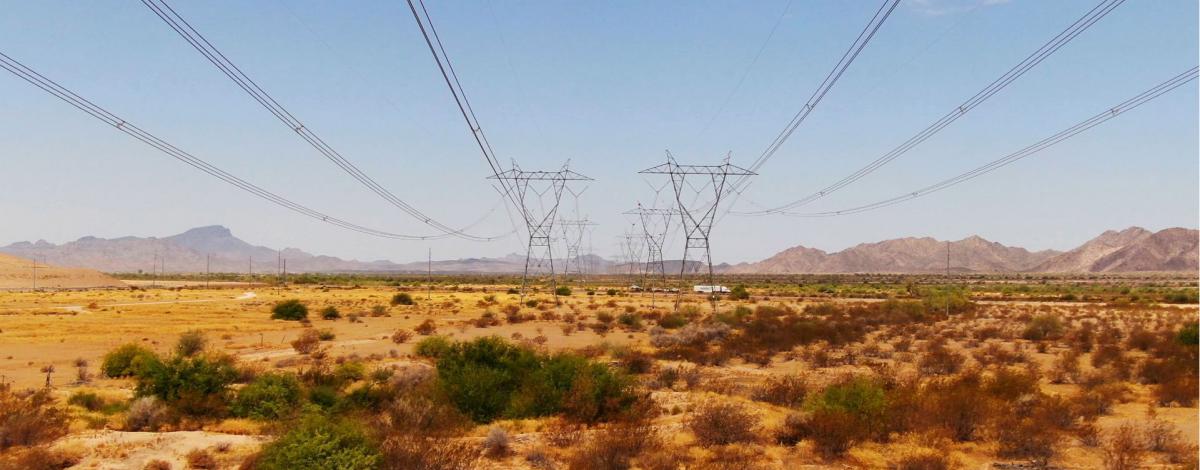The U.S. Department of Energy (DOE) announced $48 million in funding to focus on improving the grid infrastructure in the United States.
A new program will focus on developing power grid technologies that improve control and protection of the domestic power grid, helping to increase efficiency and reduce outages, which are estimated to cost the U.S. economy $150 billion annually.
The new effort by DOE will fund projects that enable utilities to more effectively control grid power flow to avoid disturbances, and quickly isolate and route around disruptions. Modernizing the nation’s grid infrastructure with improved efficiency and resilience against extreme weather events is necessary to support the increasing amount of clean energy sent to the grid.
“A reliable and resilient grid is the key to protecting our power supply from outside threats and expanding America’s clean energy and transportation options,” said U.S. Secretary of Energy Jennifer M. Granholm. “Federal investments in tools and analysis to modernize our grid will put the nation on a path to meet President Biden’s climate goals and extend the benefits of a decarbonized energy and transportation sector to all corners of the country.”
The rapid growth of solar in the U.S. is calling attention to the need to modernize the grid. According to the Energy Information Administration’s (EIA) monthly update, projects listed as actively under construction currently total over 25.4 GW in capacity. This adds to the 107.5 GW of solar that exists on the U.S. grid today. Managed by DOE’s Advanced Research Projects Agency-Energy (ARPA-E), the “Unlocking Lasting Transformative Resiliency Advances by Faster Actuation of power Semiconductor Technologies” (ULTRAFAST)” program will support the development of faster, more capable power electronics for enhanced resiliency, reliability, and control of power flow at all grid interfaces. Successful ULTRAFAST project teams will develop device concepts that target:
- Semiconductor material, device and/or power module level advances to enable faster switching and/or triggering at higher current and voltage levels
- Improved electromagnetic interference immunity
- Complementary sensing, packaging, and thermal management technology
ARPA-E first held a workshop on this topic last year where participants provided input on the technical aspects of ultra-fast-triggered semiconductors, and how such devices can aid national goals to develop future high-performance resilient power systems. Learn more about the ULTRAFAST program, including instructions and deadlines for interested applicants.
This content is protected by copyright and may not be reused. If you want to cooperate with us and would like to reuse some of our content, please contact: editors@pv-magazine.com.









By submitting this form you agree to pv magazine using your data for the purposes of publishing your comment.
Your personal data will only be disclosed or otherwise transmitted to third parties for the purposes of spam filtering or if this is necessary for technical maintenance of the website. Any other transfer to third parties will not take place unless this is justified on the basis of applicable data protection regulations or if pv magazine is legally obliged to do so.
You may revoke this consent at any time with effect for the future, in which case your personal data will be deleted immediately. Otherwise, your data will be deleted if pv magazine has processed your request or the purpose of data storage is fulfilled.
Further information on data privacy can be found in our Data Protection Policy.